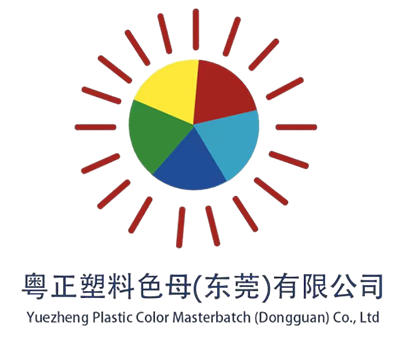PE stands for polyethylene. This is a very common type of plastic that is used to produce many everyday items. You can find PE in the plastic bags you take with you when you shop, in bottles that hold beverages, and even in kids’ toys. PE is so widely used because it is light weight and easy to manufacture. It aids us while carrying groceries, sipping our favorite drinks, and engaging in enjoyable playtime experiences.
HDPE stands for high-density polyethylene. This plastic is a lot stronger than regular PE. HDPE is used in some critical products that need to be strong due to its strength. For instance, it is frequently used to produce water pipes that deliver drinking water to our homes. It is also used in automotive components that require pressure and stress resistance. HDPE is strong, which is why it's a trusted alternative for these types of critical applications that require safety and durability.
LDPE – Low-Density Polyethylene. Another type of plastic is PVC which is between PE and HDPE because it is more flexible and soft. For example, LDPE is used in products that require flexibly or stretchable material. LDPE is used to make food wrap that keeps food fresh and squeeze bottles that dispense ketchup or mustard. It’s ideal for products that need to have some give, like plastic bags that should be able to hold items without tearing easily. But LDPE isn’t as strong as HDPE, so it isn’t used for heavy-duty things that need to take a lot of pressure.
As we said, HDPE is very strong and that is part of why we put it in important places. For example, in a product such as a water pipe or car parts, the plastic must be able to withstand pressure without breaking. And, with weak plastic, it risks cracking or falling apart, leading to major problems. This is why in these situations HDPE is the most often desired material. Its durability allows it to be an outstanding option in making sure that important products operate correctly and safely.
LDPE is present in many common items that we use at home every day. You may encounter it in the plastic wrap that keeps leftover food fresh or in the squeeze bottles you use for sauces. Low-density polyethylene, or LDPE, is very useful for when goods need to bend or stretch, such as plastic bags that hold groceries. But, one should note that LDPE is less strong compared to HDPE. This means we do not use it for things that require to be incredibly solid, like water tubes or automobile parts. Rather, it is great for things that have to be flexible.
Although these various kinds of plastics are extremely useful in our lives, they can also pose a substantial risk to the environment. As an example, plastic can be divided into PE plastics, for instance, those used in bags, bottles, etc. are one of the primary factors causing pollution. These plastics do not decompose easily when we dispose of them. That means they can linger in landfills for years, or they can make their way to our oceans, hurting wildlife and the environment. This is exactly why we need to recycle these plastics as much as possible. Recycling helps decrease plastic waste and keeps us and our earth safe.
Even though PE plastics can create challenges for the environment, they are still present in many products that we use in our everyday life. With increased awareness around these problems comes a growing interest in better, more sustainable choices. New types of plastic are being developed to be biodegradable or less damaging to the environment. These new materials have potential to address waste generated by traditional plastics. Nonetheless, we must continue to work on the development of these new materials to reduce our dependence on plastics such as PE, HDPE and LDPE.

Copyright © Yuezheng Plastic Color Masterbatch (Dongguan) Co., Ltd. All Rights Reserved